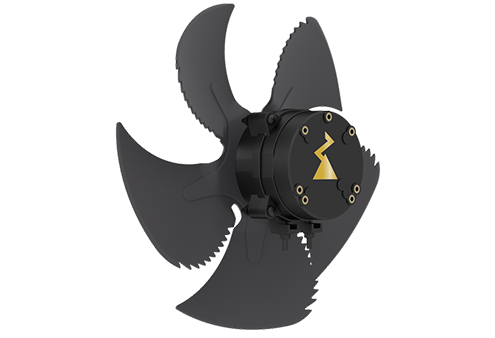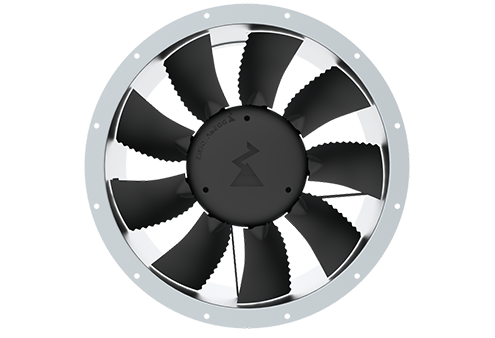Visit your region's website for information on prices, offers and events relevant to you.
Explosion protected products
Explosions can occur wherever flammable gas, liquid or even dust is present and can meet oxygen (in the air). Each substance has different physical properties and characteristics that enable them to be assigned to groups. These groups are particularly important for selecting the right products for the respective area of application. The most important factors for product selection are zone/EPL (Equipment Protection Level) groups, temperature classes and explosion groups. Explosion protected fans and motors from ZIEHL-ABEGG offer the ideal solution for ensuring the safety of your systems. The products comply with all relevant standards and are approved in accordance with the applicable directive. ZIEHL-ABEGG products thus actively contribute to the protection of material assets, workplace safety and, above all, to the health and safety of people and can be used in various applications thanks to our extensive portfolio. ZIEHL-ABEGG would be happy to provide you with active assistance when selecting the right solutions.
Explosion protection
For uncontrolled explosions to be triggered in production facilities and work sites, under certain conditions, it is sometimes sufficient for a flammable substance to collide with the oxygen from the ambient air. Special care must be taken with highly flammable gases such as acetylene, hydrogen, ethylene or propane. Explosion protected fans are particularly in demand in chemical factories, refineries, paint shops and paint factories, refuelling and conveyor systems for flammable liquids, gases and solids, as well as in environments with combustible dusts, such as the processing of coal, wood, coffee, cocoa or in grain mills.
There are three basic approaches to providing protection against uncontrolled explosions:
Production equipment used in potentially explosive areas must meet special requirements according to the applicable directives for certification as an “explosion protected” product. Special features are the maximum surface temperature and design measures to prevent impact and friction sparks or electrostatic charges, which could represent a possible source of ignition.
Ignition protection types
For classification according to ignition protection type, a distinction is generally made between:

Temperature class
For applications in explosion-protected areas, electrical equipment is divided into groups T1 to T6 according to its maximum surface temperature. The equipment must be set up in such a way that its maximum surface temperature (according to EN 60079) is below the lowest ignition temperature of the potentially explosive atmosphere.
| Temperature class | T1 | T2 | T3 | T4 | T5 | T6 |
| Max. surface temperature | ≤ 450°C | ≤ 300°C | ≤ 200°C | ≤ 135°C | ≤ 100°C | ≤ 85°C |
| IIA | Acetone, ethane, ethyl acetate, ammonia, benzene, benzenamine, formic acid, methane, methyl chloride | Methanol, propane, ethyl alcohol, n-butane, n-butyl alcohol | Petrol, turpentinol, diesel fuel, aviation fuel, fuel oils, n-hexane | Acetaldehyde | Ethyl nitrite | |
| IIB | Blue Acid | Ethylene | Dimethoxymethane | Ethyl Ether | ||
| IIC | Hydrogen | Acetylene | Sulphur Carbon |
Guidelines & Certifications
ATEX
The ATEX Product Directive (ATmosphères EXplosives) 2014/34/EU stipulates the conditions under which products may be placed on the market that are used in potentially explosive areas.
Its main purpose is to protect people who work in potentially explosive areas or who could be affected by explosions.
















![Ex-FAQ Zone epl [Translate to English (Germany):] Tabelle Explosionsschutz Zone EPL](/fileadmin/_processed_/a/b/csm_Ex-FAQ_Kennzeichnung_Gruppierung_Zone_05_1768727396.png)




